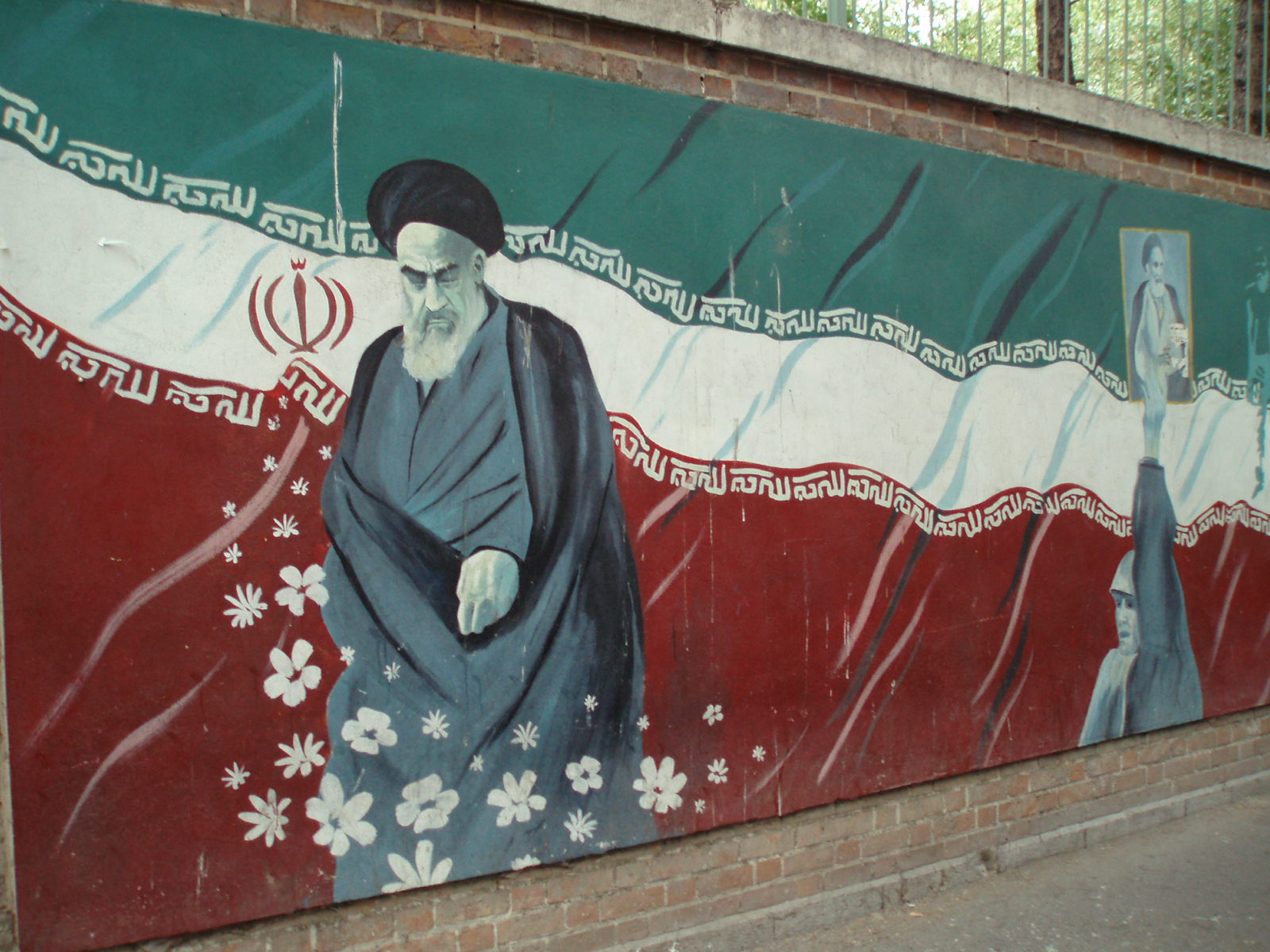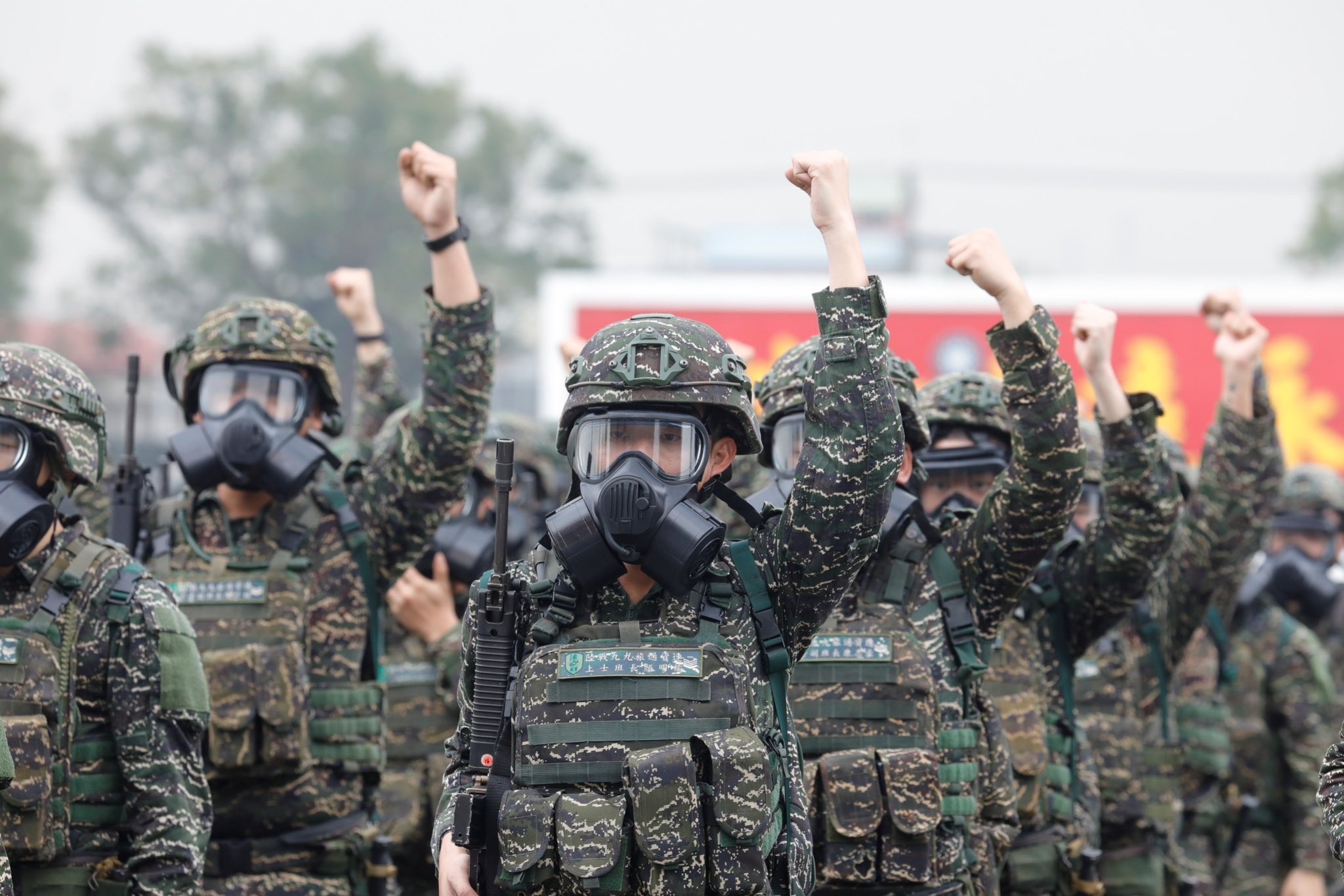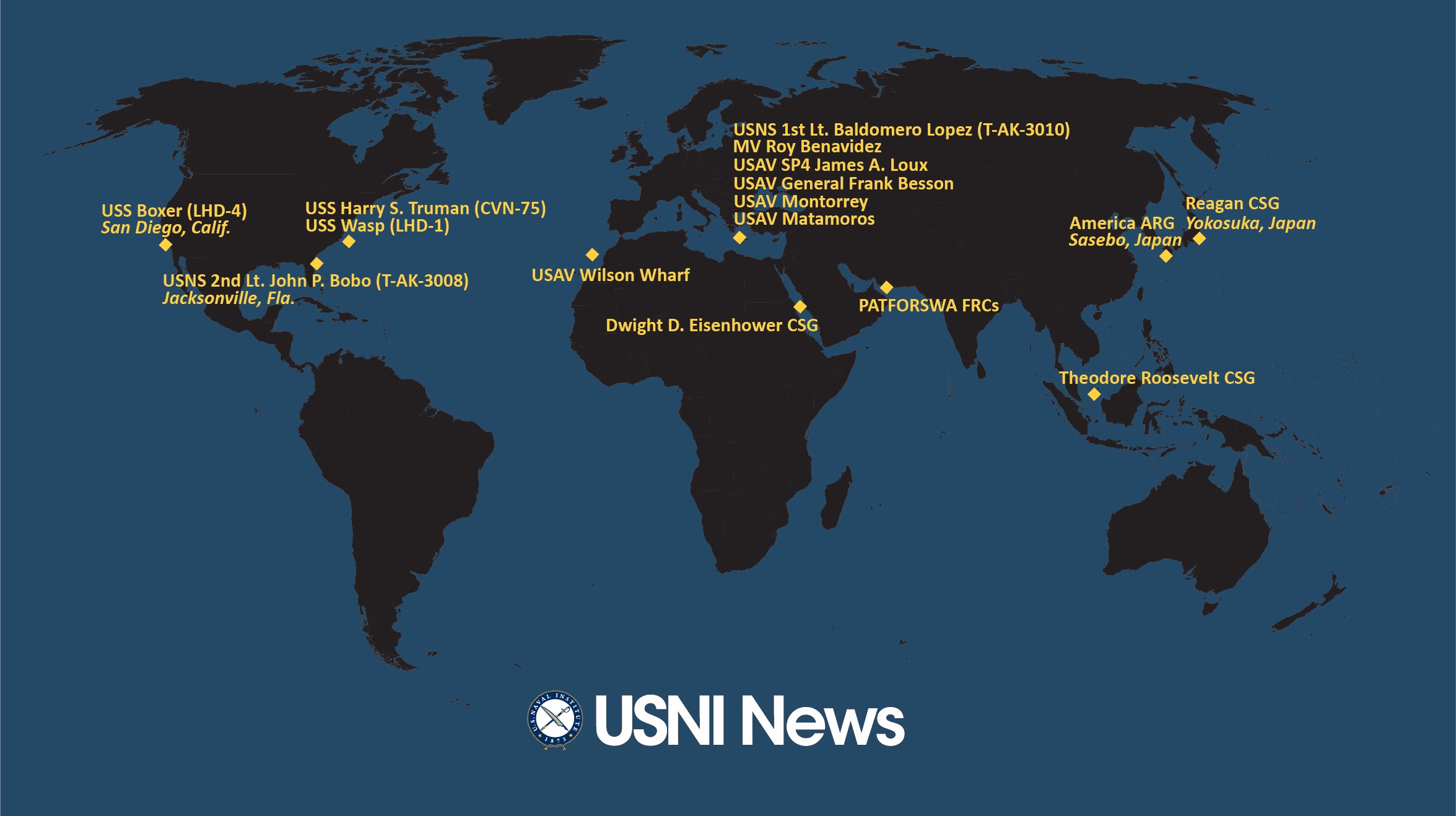The following is the RAND Corporation report, Raising the Flag Implications of U.S. Military Approaches to General and Flag Officer Development.
From the report
The 2018 National Defense Strategy directed the U.S. Department of Defense to rethink how it prepares and leverages its personnel to confront emerging global security challenges, particularly with regard to education and strategic decisionmaking. To help understand whether military leadership might need to change to better serve national security objectives, the authors of this report analyzed how the military services’ approaches to personnel management might influence the ways in which general and flag officers (G/FOs) in each service lead, manage, and advise.
Specifically, the authors analyzed what professional experiences and other characteristics the G/FOs in each service tend to share as a result of each service’s approaches to personnel management and other related factors, such as service culture. The authors then used the findings to examine how these characteristics and experiences might influence G/FO approaches to institutional leadership and management, and the type of strategic-level advice G/FOs in each service might provide to civilian decisionmakers.
The authors identified both common characteristics that are shared by G/FOs in the Army, Navy, Air Force, and Marine Corps, and characteristics that differ by service. The findings can help civilian and uniformed decisionmakers understand more deeply how the services produce G/FOs; how the services select—consciously or not—for professional experiences and other characteristics; and how these experiences and characteristics might influence the advice and leadership that G/FOs provide.
Key Findings
There are some commonalities in officer career development and selection across the services
- The value of command is universal: Regardless of service, time and successful performance in command consistently serve as the chief signal that officers have the potential to excel at higher levels.
- “Ducks pick ducks”: There is a tendency for promotion boards to select officers whose career experiences are comparable to their own.
- Many officers become O-7s with narrow, mostly service-specific experience.
- Personnel systems discourage risk-taking in career management choices and in professional performance.
The services’ approaches to personnel management differ in significant ways
- The Army’s primary GO pathways tend to be tactically focused, command-centric, doctrine-based, and, especially for O-7 promotion decisions, influenced by an officer’s reputation among Army senior leaders.
- The Navy’s career development processes tend to emphasize self-reliance, technical expertise, “Darwinian” competition, and, for the surface and submarine communities especially, command at sea.
- The Air Force’s personnel management processes feature early identification of talent, compressed timelines for advancement to O-7, and greater importance placed on education and jointness relative to the other services.
- The Marine Corps’ officer development process is highly prescriptive and performance-based, and common experiences serve to reinforce the Marine Corps’ egalitarian culture and create a largely cohesive corps of GOs.
Download the document here.





